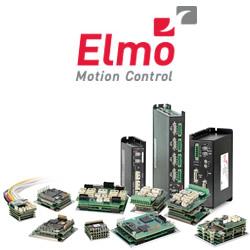The Next-Gen Arena of Indoor Farming in Smart Agriculture Technology
The global Indoor farming market can be segmented based on cultivation type, crop type, facility type, technology, application, and region. Based on cultivation type, the market is segmented into aeroponics, hydroponics, aquaponics, soil-based, and hybrid.
Indoor farming is a type of modern farming to grow crops or plants in an indoor environment. Indoor farming is operated in both small and large scale. It is climate friendly and protects the farm from weather-related vagaries which generally acts as a hindrance in conventional crop production. Indoor farming is widely practiced in urban areas owing to limited space for farming. In recent years, growth in technology of farming sensors, monitoring and regulating devices for each aspect of cultivation has promoted indoor farming. Reduction in use of herbicides and pesticides in crop or plant production is expected to gain popularity in the indoor farming market. Indoor farming seems to be more attractive due to its ability to produce more farming products with less human resources. Rising concerns about food security across the globe is one of the major trends expected to boost the indoor farming market. Rising awareness about benefits of indoor farming among end-users over conventional farming has triggered the growth of the market. Scarcity of land for farming is promoting the indoor farming market across the globe.
Major drivers of the global Indoor farming market are rise in continuous demand for food supply, growth in human population in urban areas, cost effective method of farming, protection from weather-related variations, reduction in soil-borne insects along with herbicides and pesticides issues in crop production, and ability for continuous crop production across the globe. Major restraints of the global indoor farming market are high initial investment, and limitations on crop varieties. Furthermore, controversy over organic certification as per regional regulating bodies of indoor farming is likely to be a challenging factor for expansion of the global indoor farming market. Nevertheless, collaboration with agro product suppliers and investment in R&D is expected to create significant opportunities for the indoor farming market.
Major players operating in the global indoor farming market include Argus Controls Systems, BrightFarms Inc., Logiqs B.V., Netafim, LumiGrow, Inc., Richel Group S.A., Metropolis Farms, Inc., Just Greens, LLC, General Hydroponics, Freight Farms, Illumitex, SproutsIO, American Hydroponics, Grove Labs Inc., agrilution GmbH, Vertical Farm Systems, Hydrodynamics International, Metropolis Farms, Inc., and Green Sense Farms, LLC.
For More Information Visit @ https://www.transparencymarketresearch.com/indoor-farming-market.html
Featured Product

